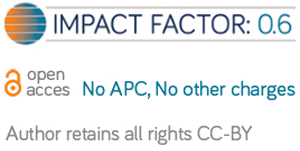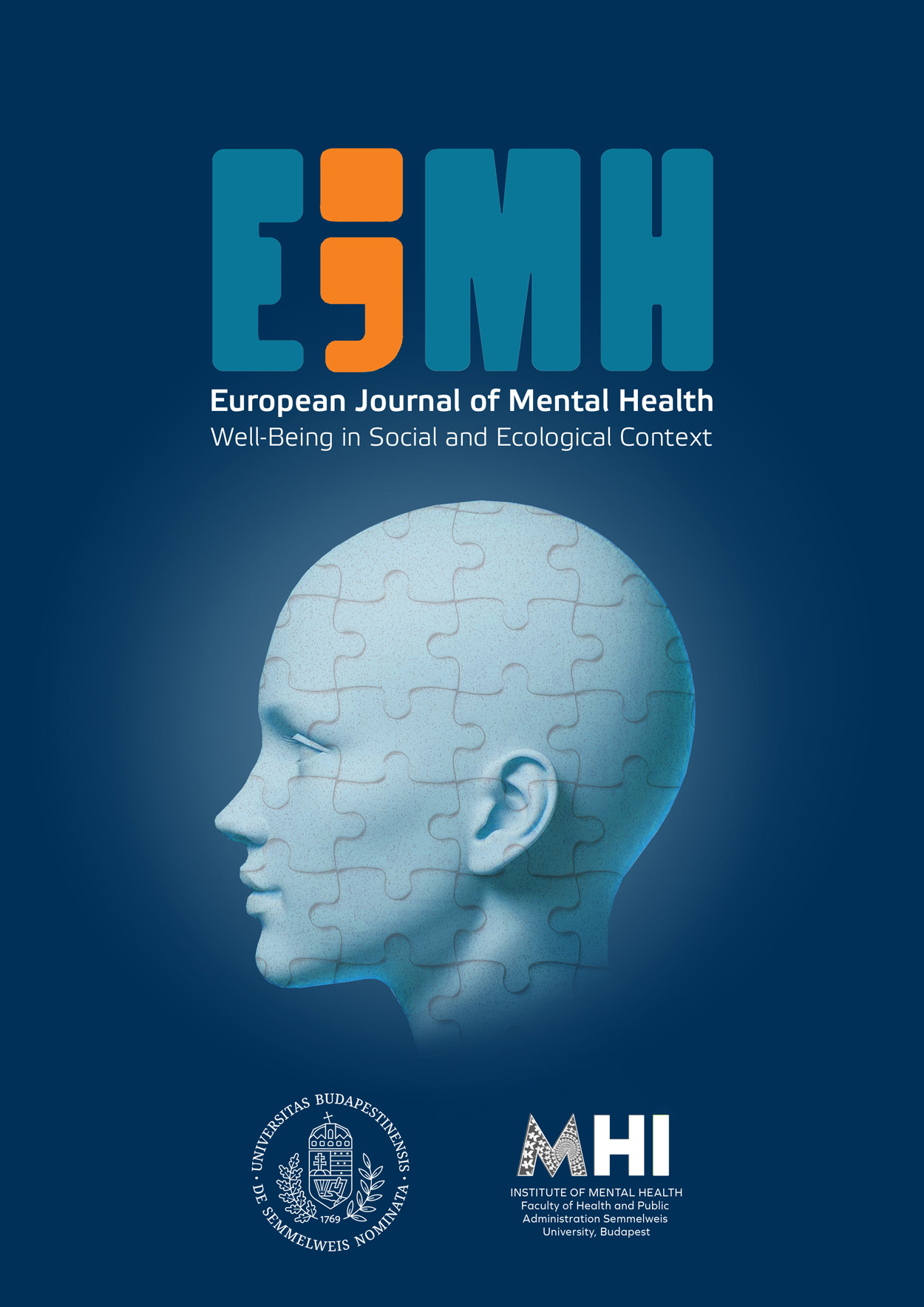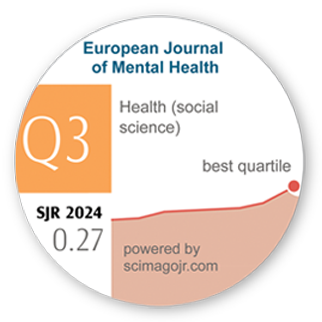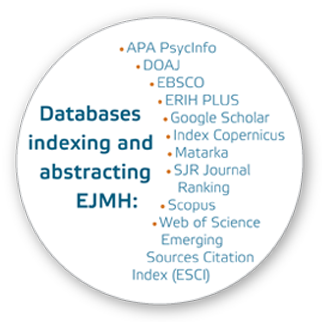Religion as an Existential Resource: On Meaning-Making, Religious Coping and Rituals
DOI:
https://doi.org/10.5708/EJMH.11.2016.1-2.1Keywords:
meaning-making, myth, post-traumatic stress, (religious) coping, ritualAbstract
In this paper, we make a contribution to the treatment of post-traumatic stress disorder. We show how religion can function as an existential resource. Religions enable people to perceive an underlying pattern of order and purpose below the surface of life’s incomprehensible inevitabilities such as death and suffering. Religion then works as a meaning-making system that can positively influence the individual’s mental health. Recently, the relations between religion and health have been studied particularly in the context of the ‘religious coping paradigm’. Religious coping is aiming at a ‘search for significance’. Religious coping will often occur where non-religious coping fails, especially in situations involving loss of life, health and relational embeddedness. Religious activities and acts can also enable religious coping. A crucial religious act is the ritual. What are the functions of ritual, and how can a ritual contribute to the mental health of an individual in crisis? What is, in this context, the role of myths and symbols? Several examples are given of how rituals can work as therapeutic tools in the treatment of traumatic disorders. We conclude by stating that religion, being a robust form of meaning-making, is not the sole system able to contribute to working through a trauma, and that its success is far from guaranteed.






